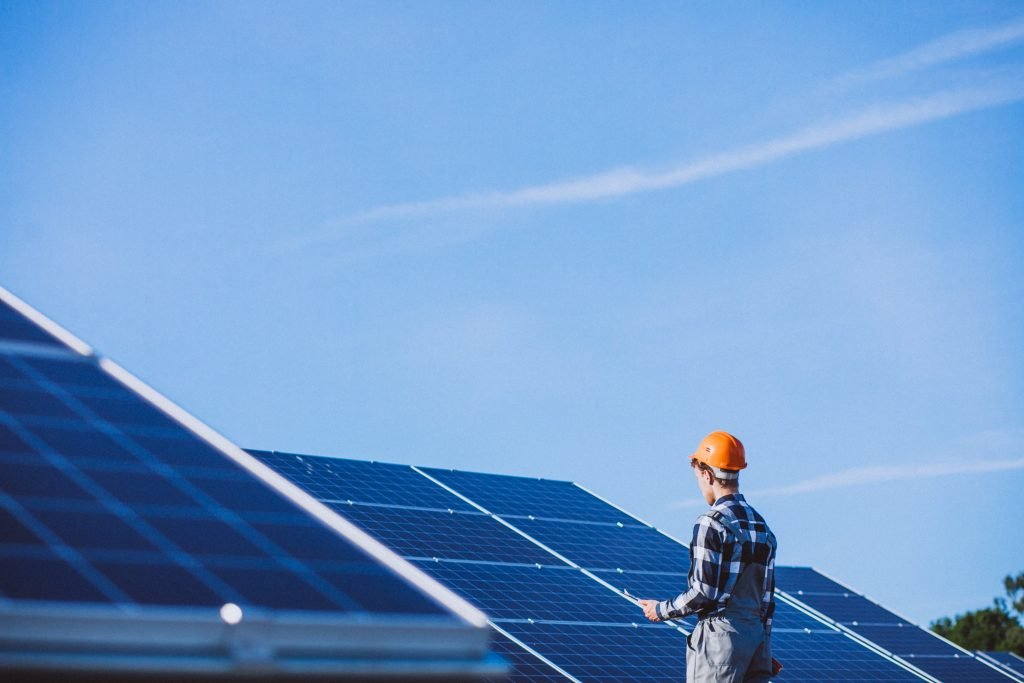Are solar panels affected by weather?
Are Solar panels affected by weather in Portugal? It is beautiful summer weather, lots of suns and high temperatures, but the PV panels do not give off the most power. In June, Juli and august there were days when they generate much less electricity. What is going on?
To answer this, we have to go a little further into the depth. First, let’s make clear what manufacturers indicate with the capacity of a PV module such as the Watt Peak unit. Today’s solar panels have a capacity of 330 Watts, sometimes a little more and sometimes a little less. If less, that indicates the PV module supplies 0.33 kWh under standard conditions in one hour. But what are the standard requirements, and to what extent does that differ from the situations in practice? For sure, the influence on your solar installation is significant.
Solar PV panels and temperature.
The test is at a temperature of 25 degrees. It’s not about the ambient temperature, but about the heat of the panel. In sunny weather, the temperature of the solar panel can sometimes be 30 degrees higher than the ambient temperature. It means that a photovoltaic panel in the summer with an ambient temperature of 30 degrees maybe 60 degrees. That is very hot. If we know that the wattage above 25 degrees decreases with 0.4% per degree, it is easy to calculate that at an ambient temperature of 30 degrees the energy decreases with 35 x 0.4% = 14%.
But how much influence does the temperature have on the yield?
The Pmax value is to determine the power loss with a higher temperature. Pmax indicates the percentage per degree Celsius with which the cell power changes at a temperature higher or lower than 25˚C.
Example:
Suntech provides a Pmax of 0.45% / ˚C for a panel. We measure the panel temperature on a hot day. After measuring the reading is 45˚C. That means that we are 20˚C higher than 25˚C and therefore have 20 x 0.45% = 9% less yield from this panel. However, it also means that we can get more out of the panel in temperatures lower than 25˚C and with sufficient sunshine.
So now we know what influence temperature has on solar panels. In conclusion, we can say that a lower value for Pmax gives a better result at high temperatures. You could take this into account when purchasing solar panels. You have to ask yourself how relevant this is in our Portuguese climate. With our beautiful weather in the summer, you know the answer!
Solar PV panels and temperature.
In addition to the Pmax value, the NOCT (Nominal Operating Cell Temperature) is also a value. Which influences the panel performance for its efficiency at higher temperatures. NOCT is expressed in ˚C and indicates the heat that of a cell reaches with a fixed number of external influences.
These fixed influences are as follows:
A random PV module will have a NOCT value of between 45 and 48˚C. A higher value means a weaker performance at high temperatures. A lower degree, of course, has better performance.
Are solar panels affected by weather? After reading above the answer is “yes very much so”. Therefore, cheap panels are costing money and do not deliver as you would expecting. High-quality modules cost more, but yearly, you will have a significantly higher yield.


